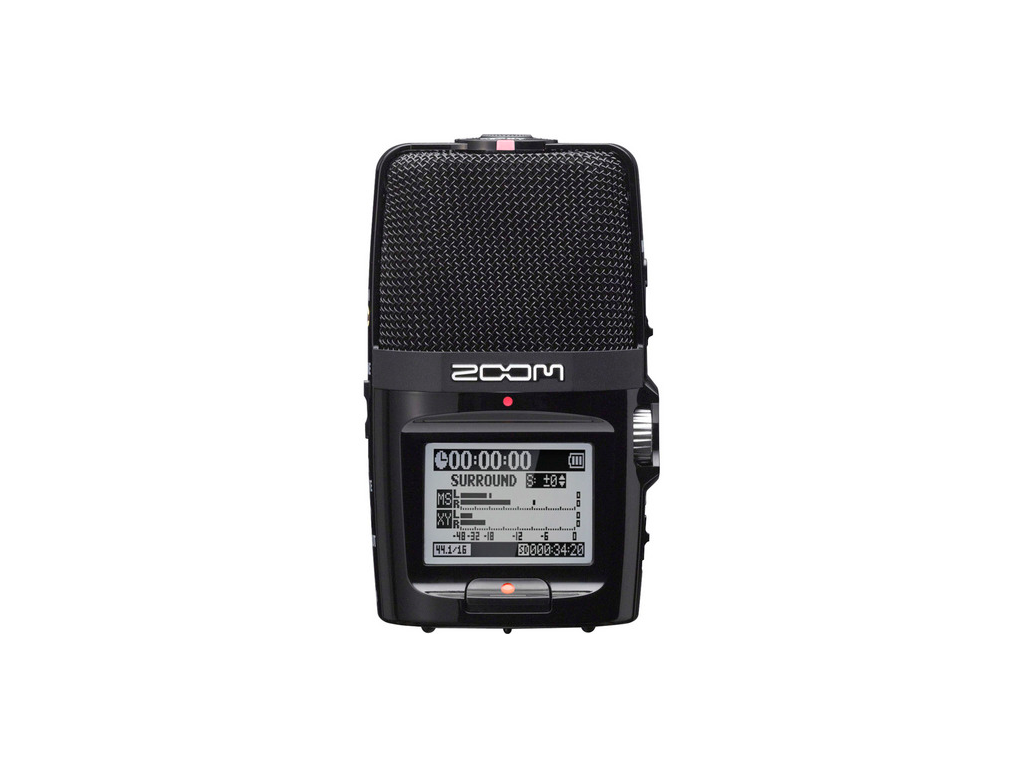Multisignal Tools & Mutable Art

“I take a block of marble and I chop off what I don’t need.” –Auguste Rodin
Artists and producers have been tweaking their works in post-production for ages. Motion picture inventor Eadweard Muybridge tweaked his photos of Yosemite by splicing in perfectly exposed clouds behind perfectly exposed foregrounds, producing proto-HDR photographs. Fellow Yosemite maven, Ansel Adams invented and perfected entire processes in the darkroom. Early photographers were as much technitians as anything else. In other media it was no different: Les Paul perfected multitrack recording and Bing Crosby invested in magnetic tape for life-like fidelity1.
Recently a new class of mass market creative tools has emerged. “Multisignal” tools, for lack of a better term, capture and preserve multiple streams of input so that the producer can select, merge, and modify their stream of output. While Les Paul and Muybridge had to create multiple captures of audio and images individually, these new tools simotaneously capture multiple times.
For example:
- One press of the shutter on Canon’s 1D X captures up to 9 differently exposed images almost instantly before merging them into a single photo.
- Lytro’s camera captures “the entire light field,” instead of single plane, allowing the viewer to adjust the focus of the image after the fact.
- The Zoom H2n records audio from five seperate microphones so you can adjust the stero field after recording.
- Propellerhead’s Balance audio interface has two recording pipelines, so if your guitar accidentally overdrives the input during a performance you can fall back to a track with quieter gain.
- With the new version of Mac OS X Lion, users can enter Time Machine and explore previous versions of their documents.
Instead of a single picture or recording, these tools capture several streams at once, enabling auteurs to dive into a single piece from several takes and tune their output. Ancestors of these products have existed in labratories and in specialized professional settings. Bullet time, comes to mind.
On their own these multisignal products are an interesting trend, but when they’re coupled with ultra-cheap storage they start to raise some interesting questions about the future of art.
Cheap storage matters because it allows the producer to save every take captured. The idea of an “editing room floor”, the materials removed to produce the final work of art, is becoming obsolete. A distilled example of this can be seen in the new collage iPad app Mixel, where both audiences and producers can select components of a collage, move them around, and even undo the initial crop.
Mistakes are mutable, but so are ‘final’ works.
Less raw releases of ‘mutable art’ is put out by bands like REM and Radiohead who offering GarageBand files where the component parts of their work can be easily adjusted. Ben Folds, NIN, and Phoenix have done the same for entire albums.
If we assume we’ll continue to walk down this path, towards a world where art is expected to be mutable, both by audiences and producers, some interesting questions emerge:
- Where is the line production and the final work? Is it gone? Do the two concepts become one?
- Art tends to exist as a representative product of a culture at a given time and place. If a final piece is never locked, does art shift from serving as artifacts marking past moments to objects which contantly reflect the present?
- If art isn’t baked in a moment, will our past mistakes be erased and forgotten? Would The Birth of a Nation have been edited furiously a few decades after it’s relase? It’s rumored a few of the edits to the original Star Wars films were done to avoid a PG-13 rating, which didn’t exist when the original film was released. One could say our current cultural norms are already remaking past works to current standards, as suggested in point 2.
I’ve been sitting on this post for longer that usual, as these ideas keep reworking themselves in my mind. But that’s not constructive or collaborative, so this is going up as is (since it’s all mutable now anyway!)
-
Crosby instigated Les Paul’s contributions: he encouraged Paul to build his own studio and gave him one of the first Ampex reel-to-reel decks. ↩